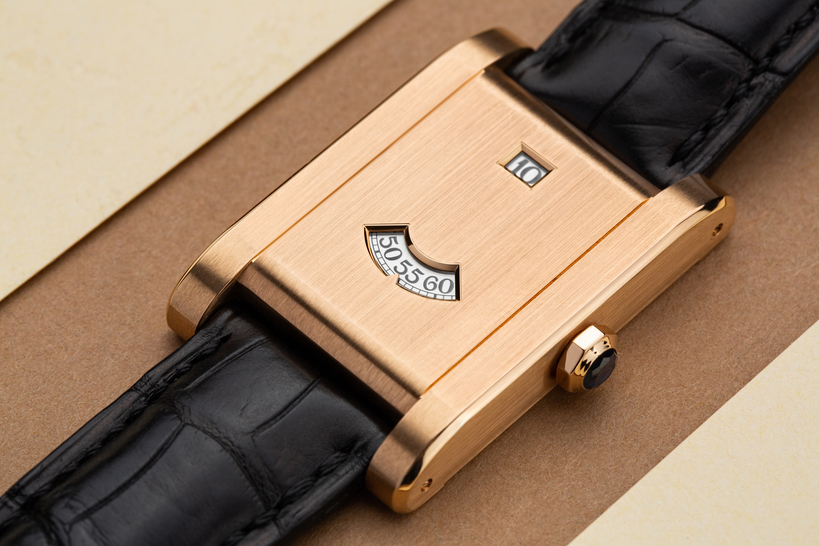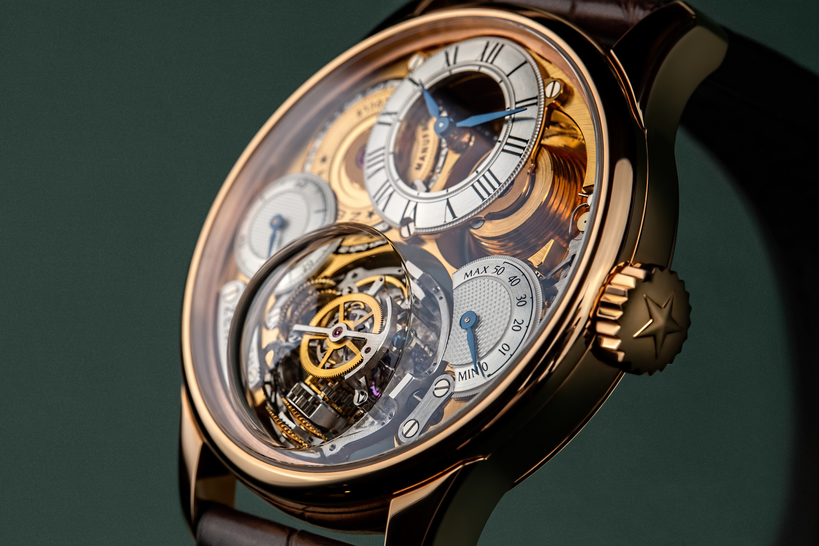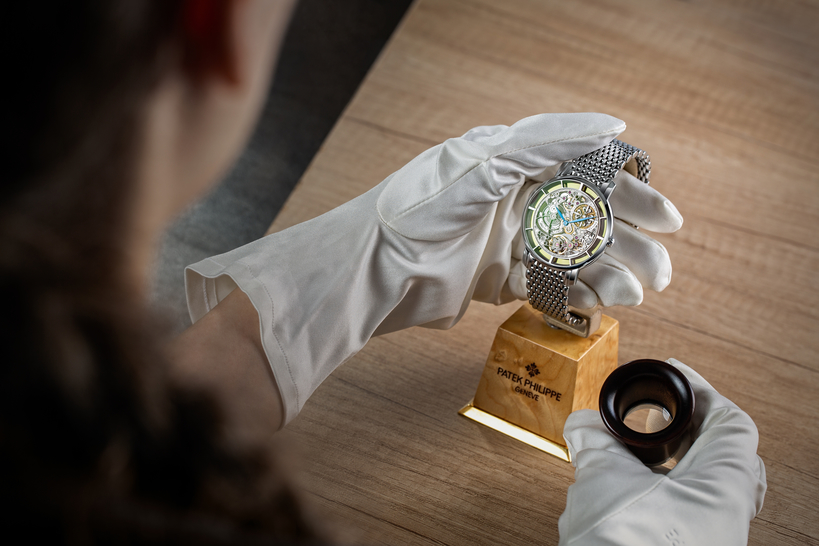A dial with extraterrestrial origins.
One of the stylistic pillars at Bovet 1822 is the use of a variety of techniques and styles to make exquisite dials, yet always with the highest level of finishing and design. The watchmakers headquartered in Château de Môtiers in the Swiss Val-de-Travers uphold the traditions of rendering refined engraving by hand.
They've also kept up with the modern trend for skeleton watches with the Italian car design firm and coachbuilder Pininfarina, and experimented with their ladies' collection by creating dials with sugar crystals.
A distinct focal area for Bovet 1822 are watches with meteorite dials, which the watchmaker has been working with since 2008. The artisans pair fragments of space rock with classic designs from different collections.
The year 2009 saw the arrival of the Sportster Saguaro Meteorite watches with slices of meteorite colored black, white or rose. In 2014, the surface with Widmanstätten patterns was framed by the brand's trademark convertible Amadeo case.
In 2017, a tourbillon and openworked calendar indications were placed around the main mini dial in meteorite for the triple time-zone Bovet Rising Star. The watchmaker has always used the same variety of meteorite for their dials: one of the most famous meteorites on the planet: Gibeon meteorite, discovered in the Namibian desert in 1836.
Its fragments were already in circulation all over the world by 1950 when the authorities in Namibia proclaimed the remaining pieces in the country a National Monument, sealing the fate of this meteorite.
So as time goes on, there will be less and less slices of Gibeon meteorite in circulation around the world. It's also important to note that each meteorite dial made today will be unique. In 2022, the list of nominees for the Grand Prix d’Horlogerie de Genève (GPHG) included a 19Thirty model.
The watch inspired by a timepiece from 1930 paired these components with a rich blue dial, where the meteorite's surface was etched in a nitric acid solution to reveal the Widmanstätten patterns before being given a translucent blue PVD-coating.
The case for the watch nominated for the prestigious prize was made of steel. This year's 19Thirty Blue Meteorite with a dial made from the same meteorite estimated to be 4.5 billion years old is housed in a titanium case.
Timekeeping is controlled by a manually wound movement with a week's worth of power reserve accumulated by a single barrel, where 95 % of the movement's components including the hairspring have been manufactured at Bovet's Swiss manufacturing site in Tramelan.







